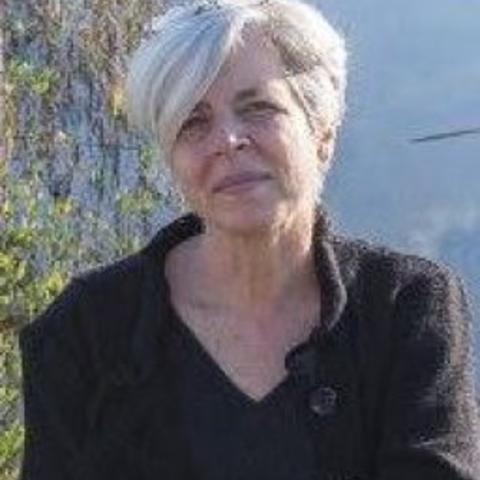
Section Branding
Header Content
Research: Coastal Georgia is losing tree canopy
Primary Content

By Mary Landers, The Current
Coastal Georgia is losing its trees.
An assessment of the tree canopy in the six coastal counties using aerial photos showed an overall 1.6% canopy loss from 2010 to 2019.
Georgia Tech researcher Tony Giarrusso of the Center for Spatial Planning Analytics and Visualization presented his findings at the Savannah Tree Foundation’s State of the Trees forum Monday in Savannah. Giarrusso studied detailed aerial photographs of coastal counties taken by the U.S. Department of Agriculture in 2010 and again in 2019, and calculated canopy cover, the ground area that trees cover when viewed from above.
McIntosh showed the highest loss in this time period, 4.1%. Liberty showed the lowest at 0.1%.
But Giarrusso cautioned that much of Coastal Georgia’s canopy is made up of commercial timber, which cycles through plantings and harvest that affect the numbers.
“Maybe not Chatham, but in all the other counties, (the canopy is) in commercial timberlands,” he said. “So depending on where you catch the timber cycle, your numbers are going to vary a lot.”
He cited McIntosh County as a good example. Darien is its biggest city.
“Even Darien is not really urbanized,” he said. “The rest of the county is commercial timberlands. So depending on what you catch them in, what cycle it’s going through, your numbers are going to be all over the place.”
Chatham saw a loss of 1.2 percent of its canopy, a somewhat low number Giarrusso called “a little misleading.” His study, funded by a $96,000 Coastal Incentive Grant administered by the Georgia Department of Natural Resources, looked at the canopy through 2019, before the big push for development began. Even in Chatham, the rural areas have long been planted in commercial timber, but that’s changing.
“I would think if you do this again, you’re going to see a big, steep decline, because the commercial timberlands that might have been there in 2019 are being converted into warehouses or residential,” he said.
In fact, a more recent study released last week looked at canopy loss by census tracts in urban areas across the U.S. from 2017-2023. It showed larger losses in many of the tracts in Brunswick and Savannah.
Camden (which shows a 2.3% loss in this study) and Liberty counties are likely to see more canopy loss to industrial developments, especially warehouses, he predicted.
Giarusso said Camden will also feel the losses as warehouse development in St. Marys and Kingsland pushes close to I-95. “Liberty, the same thing close to 95,” he said.
Also softening the loss numbers are developments where the land is cleared but construction is delayed.
“Maybe you clear a subdivision that’s gonna have 400 houses, but they don’t come,” he said. “They put the road in, and they don’t come, and then the trees grow back.”
That scrubby growth gets counted as tree canopy, but it’s typically short-lived.
“Really it’s going to be taken out in the next canopy assessment,” he said.
The loss in Glynn County was 0.6%. In Bryan, which is buffered by forested tracts in Fort Stewart, it was 1.2%.
Although Chatham is developing at breakneck pace, there are efforts underway to inventory and better maintain Savannah’s trees and to beef tree ordinances across the county, as Savannah Park and Tree Assistant Director Scott DeArmey and Chatham County Lead Arborist Jake Henry told the more than 50 people who attended the State of the Trees forum.
The Savannah Tree Foundation has increased its tree plantings and giveaways 10-fold over the past five years and is now focusing its efforts on “tree equity,” offering to plant free trees on private property in neighborhoods that need them most.
Executive Director Zoe Rinker said the leafy, upscale Ardsley Park neighborhood boasts about nine trees per lot, while lower income neighborhoods in west Savannah have closer to one. The poorer neighborhoods also typically lack a city-owned tree lawn where trees can be planted.
Those differences have real life consequences.
“Trees help clean the air,” Rinker said. “They certainly can help with utility costs if they’re directly placed on the property. They can help with stormwater flooding, which we all know we have some issues with in the coastal area. And they can certainly improve health based off of just air quality, but also encouraging people to get outside and use green spaces.”
The foundation recently sent mailers to about 4,200 households in west Savannah and Garden City offering to plant free trees.
“We were hoping to get 50 people to talk with us,” she said. “160 people reached out and signed up for trees. We estimated about three trees per property, and so we’re looking at over 500 trees requested for just this planting season.”
This story comes to GPB through a reporting partnership with The Current.

